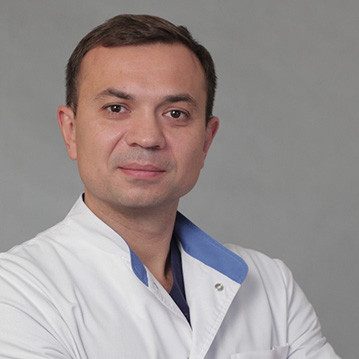A ureterocele is a pathology of the bladder, in which a cystic formation forms near the distal part of the ureter. The defect is accompanied by unpleasant urological, neurological symptoms. Without treatment, the disease progresses, leading to significant deformation of the urinary organs, impaired urinary function. Timely treatment has several effective methods for correcting the defect and restoring the patient's health.
Features, types of pathology
The ureterocele of the bladder is approximately 4-7 times more likely to be diagnosed in girls, women than in boys, men. In terms of occurrence, the disease occupies about 10% of all uropathology. In most cases, an anomaly is diagnosed in childhood, much less often in adults.
A congenital anomaly is observed more often than an acquired one. Varieties of ureterocele allow us to distinguish a small classification that helps in diagnosis.
By the number of parties involved in the process:
- Single-sided, orthotopic.
- Bilateral, heterotopic.
In appearance:
- Simple. The ureter has an anatomically correct location.
- Prolapsing. Cyst tissues protrude into the urethra. In girls, they are visible near the external opening in the form of purple mucous protrusions. In boys, they block the urethra, causing acute urinary retention.
- Ectopic. The defect is located on an incorrectly formed ureter, outside the organ. The channel may not have an exit at all, or open into the urethral zone, the vagina in girls, the rectum, abdominal cavity, anus, and other organs. Doubling of one or two kidneys, urinary tract is often diagnosed.
Degrees of birth defect:
- 1 degree. Slightly pronounced dilation that does not interfere with the normal function of urination.
- 2 degree. The large size of the cyst leads to the reflux of the contents into the upper sections of the system, hydronephrosis. Strengthened and progressing symptoms.
- 3 degree. The functionality of the urinary system is significantly impaired.
In ICD 10, the code for ureterocele is Q62.3 in the group "Other congenital disorders of the patency of the renal pelvis and ureter."
The anomaly is also differentiated by concomitant pathologies, root causes. Identification of all the circumstances of the disease, other pathologies facilitates the task of doctors in choosing the most effective treatment tactics for this clinical case.
Reasons
Congenital anomalies, including the development of a ureterovesical cyst, are caused by the pathological course of pregnancy or harmful factors affecting the fetus.
This number includes:
- drugs;
- intoxication for various reasons;
- infections;
- poor environmental living conditions;
- bad habits of a pregnant woman.
One of the leading factors is genetic conditioning caused by poor heredity or chromosomal mutations in embryogenesis.
The acquired ureterocele of the ureter is formed under the influence of:
- Kidney stones going down the channels. They can cause complete or partial blockage of the ureter at the mouth, which is often the cause of a cyst.
- Abnormal tissue development.
- Disturbances in the process of urination, stagnation of urine.
- Hydronephrosis
Inside the cystic growth, there may be fluid, pus, blood, and sometimes solid calculi. The contents can be poured into the cavity of the organ, thrown into the kidneys, which leads to inflammation, infection of the entire urinary system.
Clinical picture
The insidiousness of the disease is in the asymptomatic course of the first stages, as well as the erased symptoms, which can be mistaken for the manifestation of other diseases.
Symptoms grow slowly, and at this time, pathological changes in the organs progress. There is a danger of reaching irreversible stages, when the prognosis for a full recovery is unfavorable.
Signs that should be the reason for contacting a therapist or urologist:
- Lower pain.
- False urge to urinate.
- Isolation of urine in small portions, drop by drop.
- Burning in the urethra, pain.
- Unpleasant smell of urine.
- Frequent trips to the toilet.
- Retention of urine.
- Changing the color of urine; turbidity, flakes, blood, pieces of pus in a detachable portion.
- Renal colic.
- Edema.
- Enuresis, inability to control urination.
- The clinical picture of renal failure.
Women may find masses in the urethra that indicate a prolapsed cyst. The condition requires immediate treatment, as swollen tissues can cause complete obstruction of the urinary canal. Infringement of the cyst will quickly lead to necrosis.
Important! The patient may not be aware that this is a ureterocele. However, the complex of these symptoms, discomfort in the lumbar region, lower abdomen, perineum, any urination disorders should be the reason for an urgent appeal to a urologist!



















